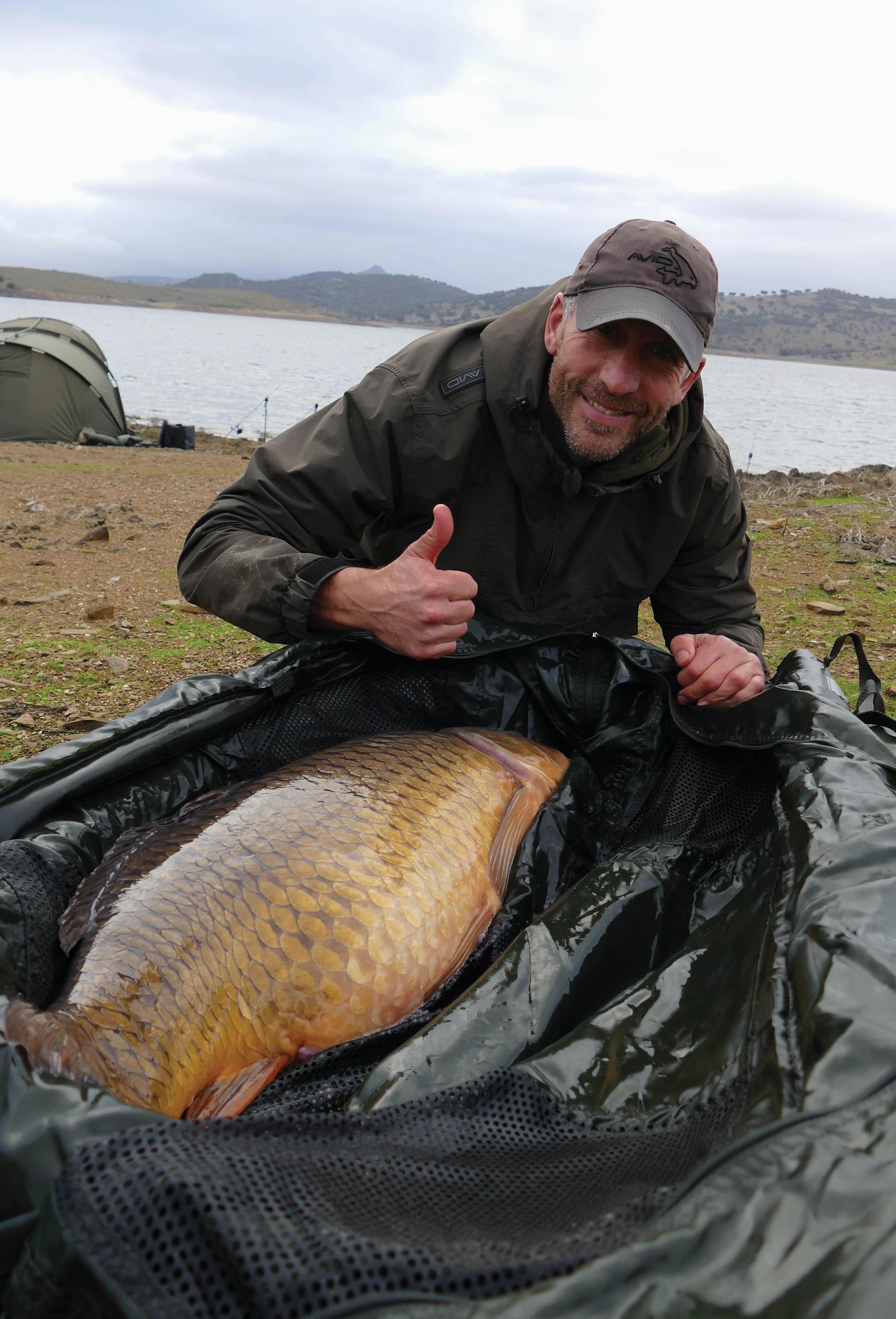
Understanding Patrol Routes
Seasoned carp angler, Simon Crow, has done his fair share of carp watching over the decades so we asked him to share his thoughts on how to read their routes and use it to your advantage...
Carp are quite simple creatures. They live pretty mundane lives, doing the same thing day after day, year after year. This is where your watercraft takes over, learning to read the signs and making the right predictions. It is something we are learning all of the time, as all waters are different so the more experienced you are on a venue, the easier the pieces slot together. Sure there are similarities on all waters, but the longer we spend watching and walking a water, the more we get to know about it.
Watercraft knowledge comes with experience. It isn’t easy to teach but in this feature I’m going to try and give you an insight into how I approach patrol routes and how different they are to feeding areas. All waters have them, even the smallest of them all. Carp use them to move about their home, in much the same way as people use paths and roads or animals use hedgerows and tracks. It may be a marginal shelf, gravel bar or set of reeds they will follow to get where they want. They may change over time, or they may remain the same for years on end. It all depends on the venue and how much of an influence outside forces have on it, such as nature, weather and that all important game changer, angling pressure.
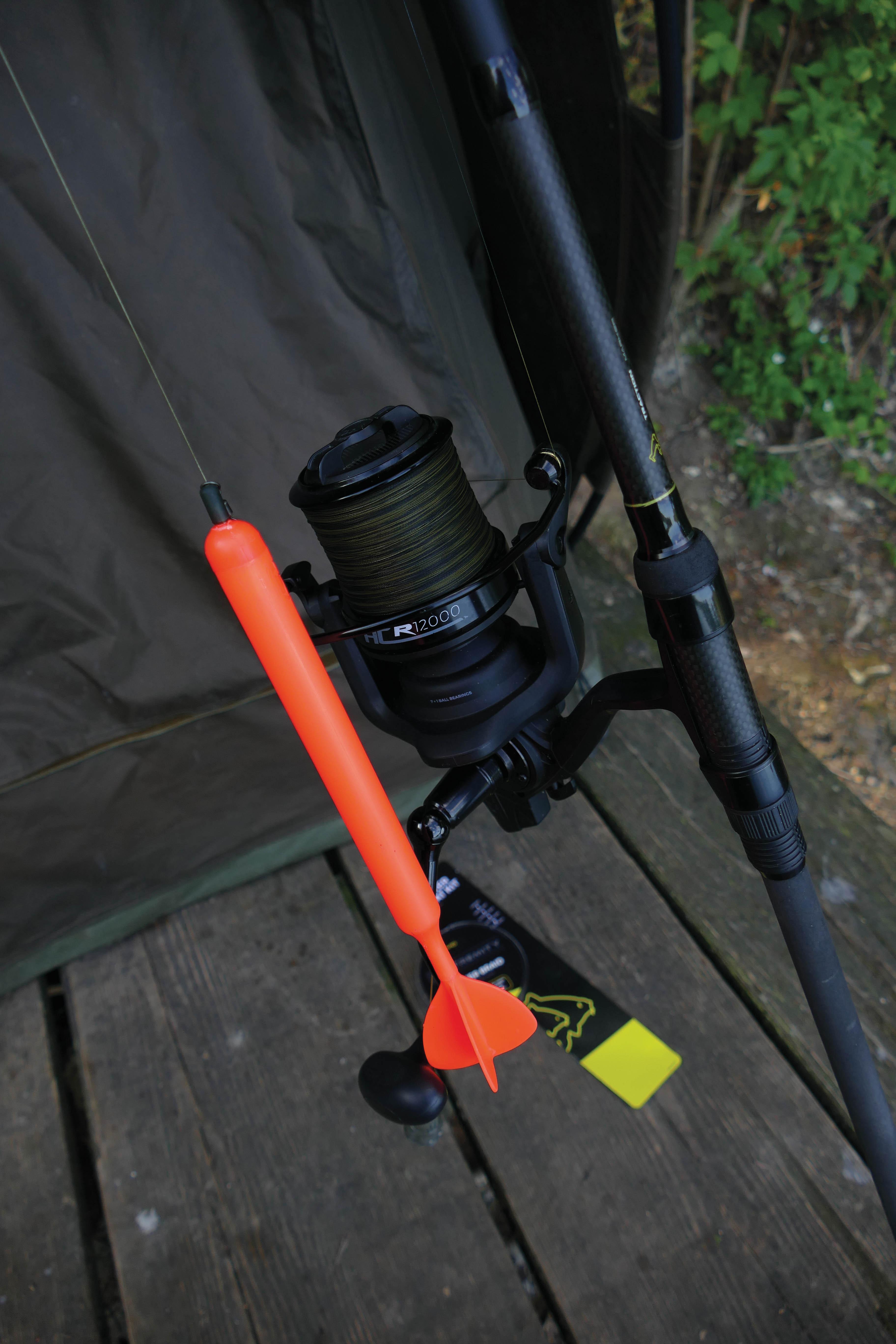
Some of the best patrol routes of carp are in the margins, especially those tight to an island. Carp love anywhere they can escape the danger of anglers and they will hug that island margin as tightly as they can. They might not pick up bait from there, but you can be sure they will use it as part of their daily routine. It’s the same with a ‘no fishing’ bank. They will recognise its safety aspect and visit it all of the time, almost like a ‘check-in’ spot where they will meet up with other carp. I’ve seen areas like this having rubbing stones where almost every carp in the lake goes to rub its flanks, especially the male carp. You very rarely get bites from these spots but you can be sure they get visited on an almost daily basis.
Other areas around the lake that the carp will use as part of their daily circuits are gravel bars, especially those that run the length of the lake and direct the carp from one area to another. A small snack-sized trap is the perfect way to fish something like this, with a PVA bag or high-vis single on top of the bar in the summer or at the base of the bar during windy autumnal conditions.
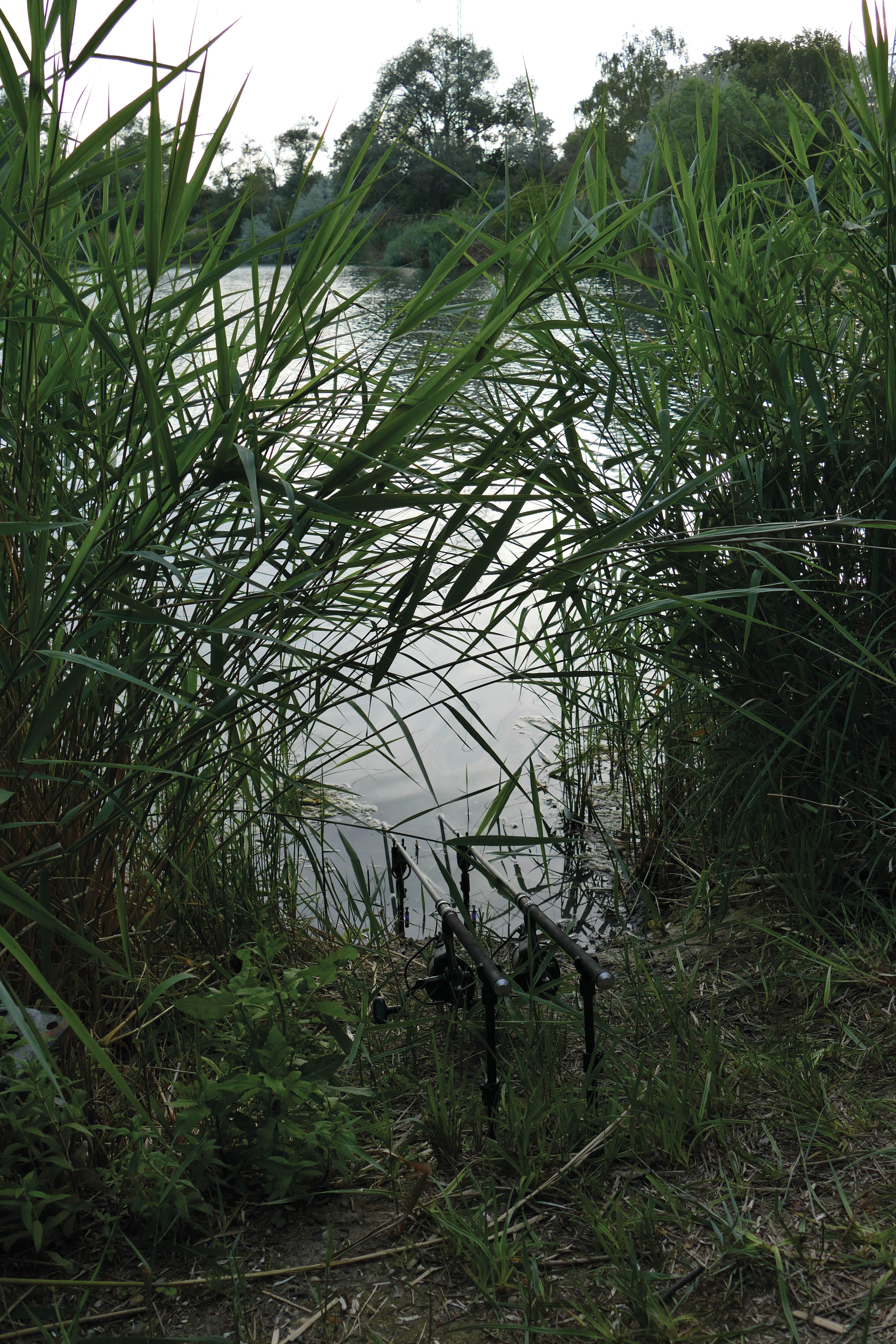
Long lengths of reedbeds are another typical patrol route of the carp, especially early in the mornings when they begin their daily routine. Simply put, the bigger and more obvious a feature is, the more likely it is to get used by the fish. I’ve had some great catches from big reedbeds, some of the most notable being from Orchid Lakes in the Alamo swim. The carp love the big reedbeds to the right of this swim, mostly because there’s no swims along the Sailing Club bank where the reeds are. It doubles up as a safety area as well as a patrol route and it does some great catches if you tackle it with the right approach. Fishing for one bite at a time like I mentioned earlier is the way to go here because the angling pressure on most busy lakes makes the carp treat these areas differently to their ‘feeding spots’.
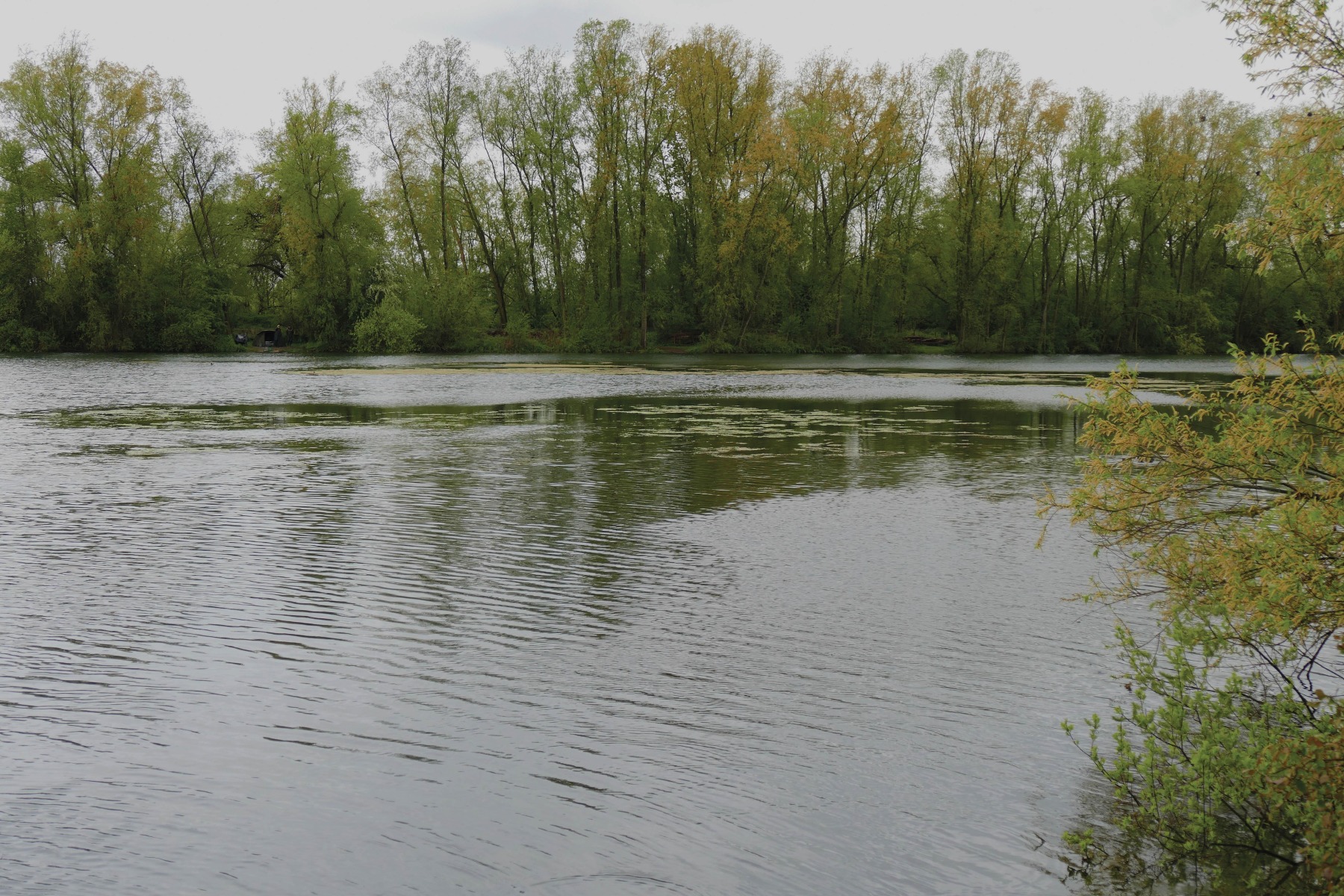
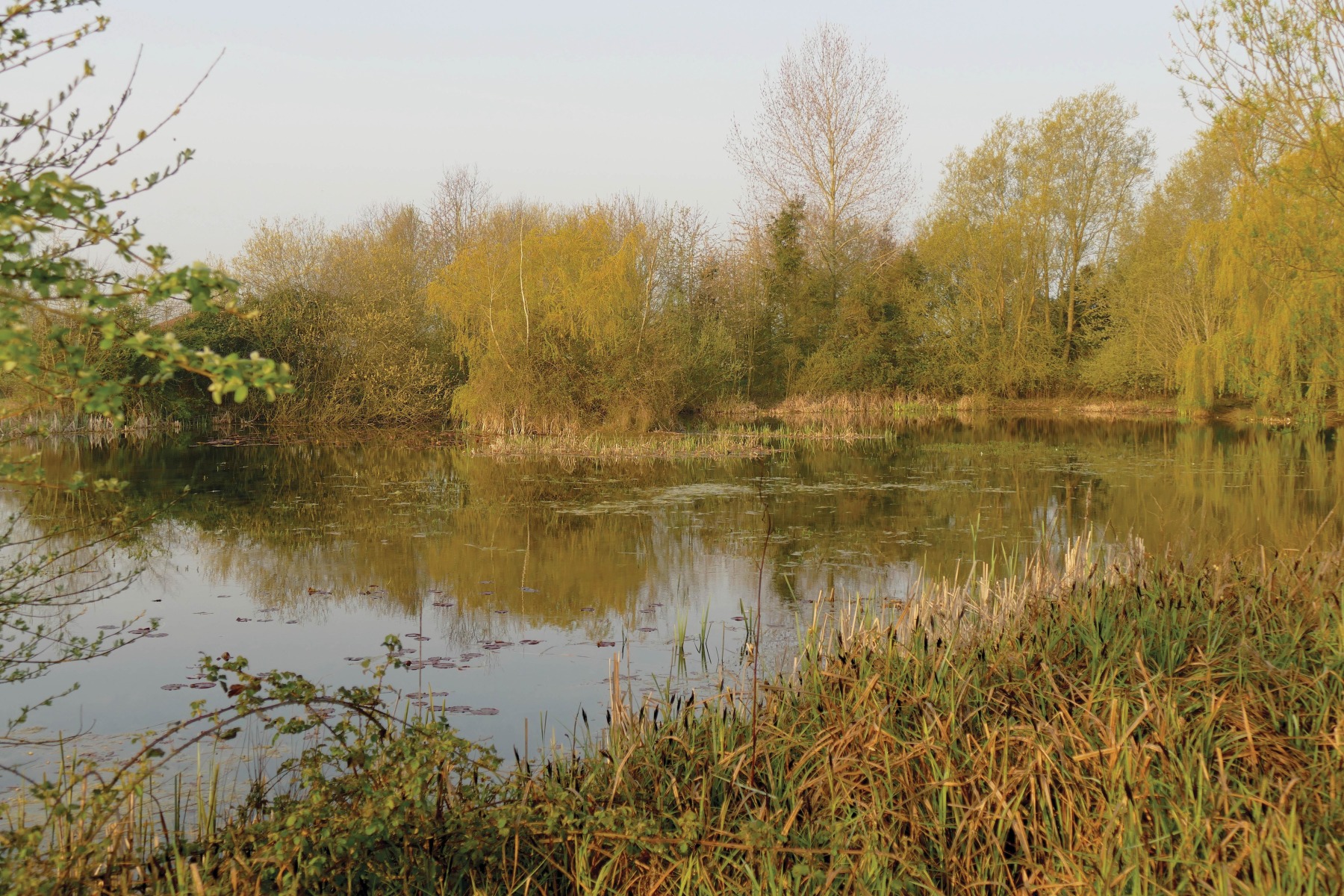
CASE EXAMPLE…
To explain what I mean by this I’ll mention a patrol route observation in the simplest form. I used to own a house with a pond of about 0.25 of an acre. I dug it, landscaped it and stocked it myself. It was quite a simple pond with an island in the middle and shallows at one end and deeps at the other. It didn’t take long for the carp to settle in when I stocked it. The biggest was a double of about 10lb with the rest being singles. In total, there were about twenty carp in there.
I’d watch them for hours, mesmerised by their behaviour. They loved to hug the island margin, swimming round it all day long. They preferred one side more than the other, especially when going from the deeps to the shallows. It was their patrol route, the way they moved about their home. The more I watched them, the more obvious it became. They used one side of the island as their routeway, even though the pond was tiny. They had their preferred areas too. For some reason you rarely saw them in the corner bay at the house/shallow end. This was at the opposite side of the island to where they regularly patrolled.
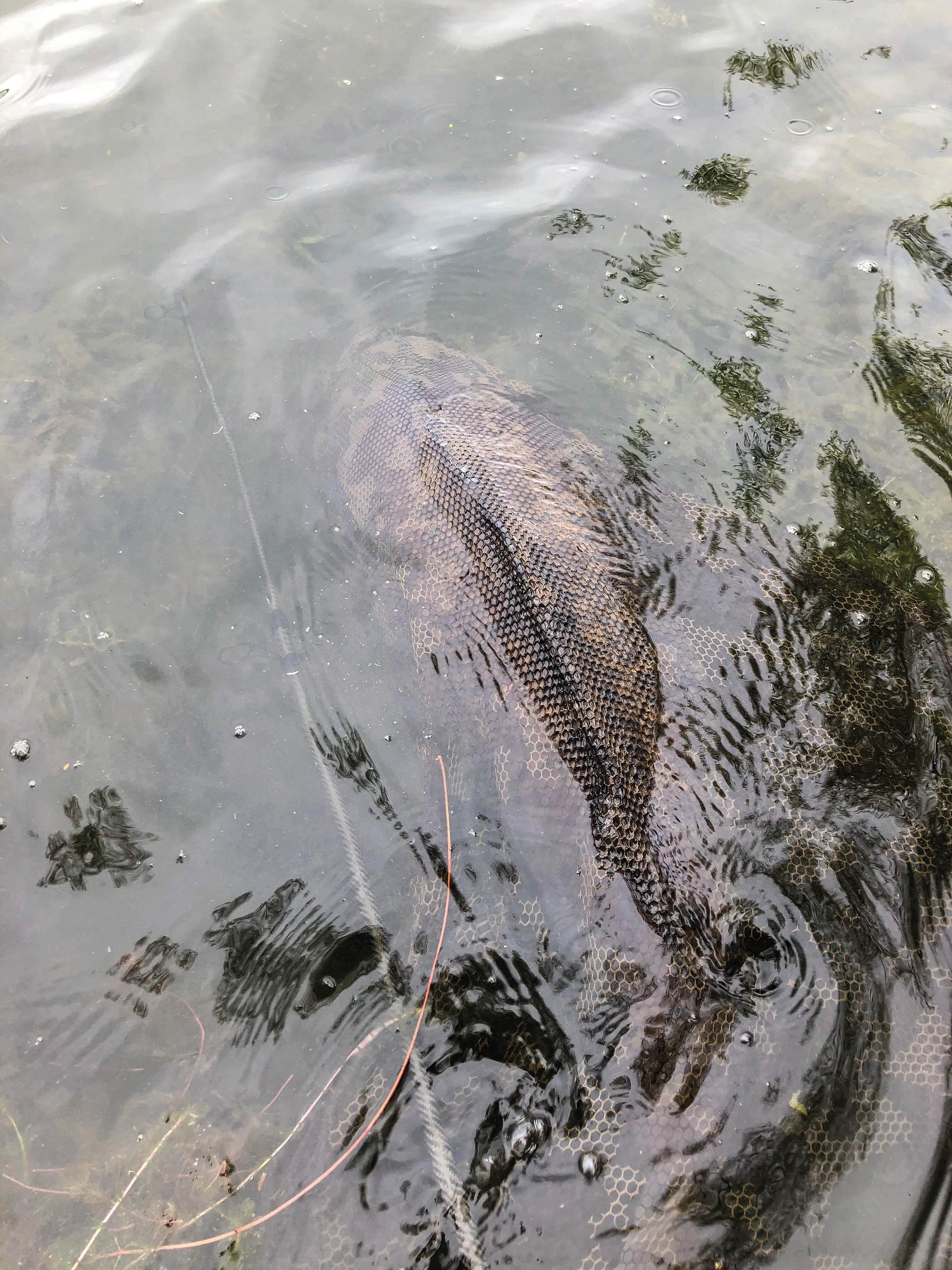
I had no idea why they preferred that one side of the island more than the other, but I guessed it had something to do with it being more sheltered from the wind. The other side was exposed to a strong easterly coming off some big fields. Whenever they went from the deeps to the shallows they followed the same route along the sheltered side. Their behaviour may also have been due to the fact they didn’t like that one corner bay. I could only speculate on the reasons, unlike my observations about their patrol routes which were nearly always the same.
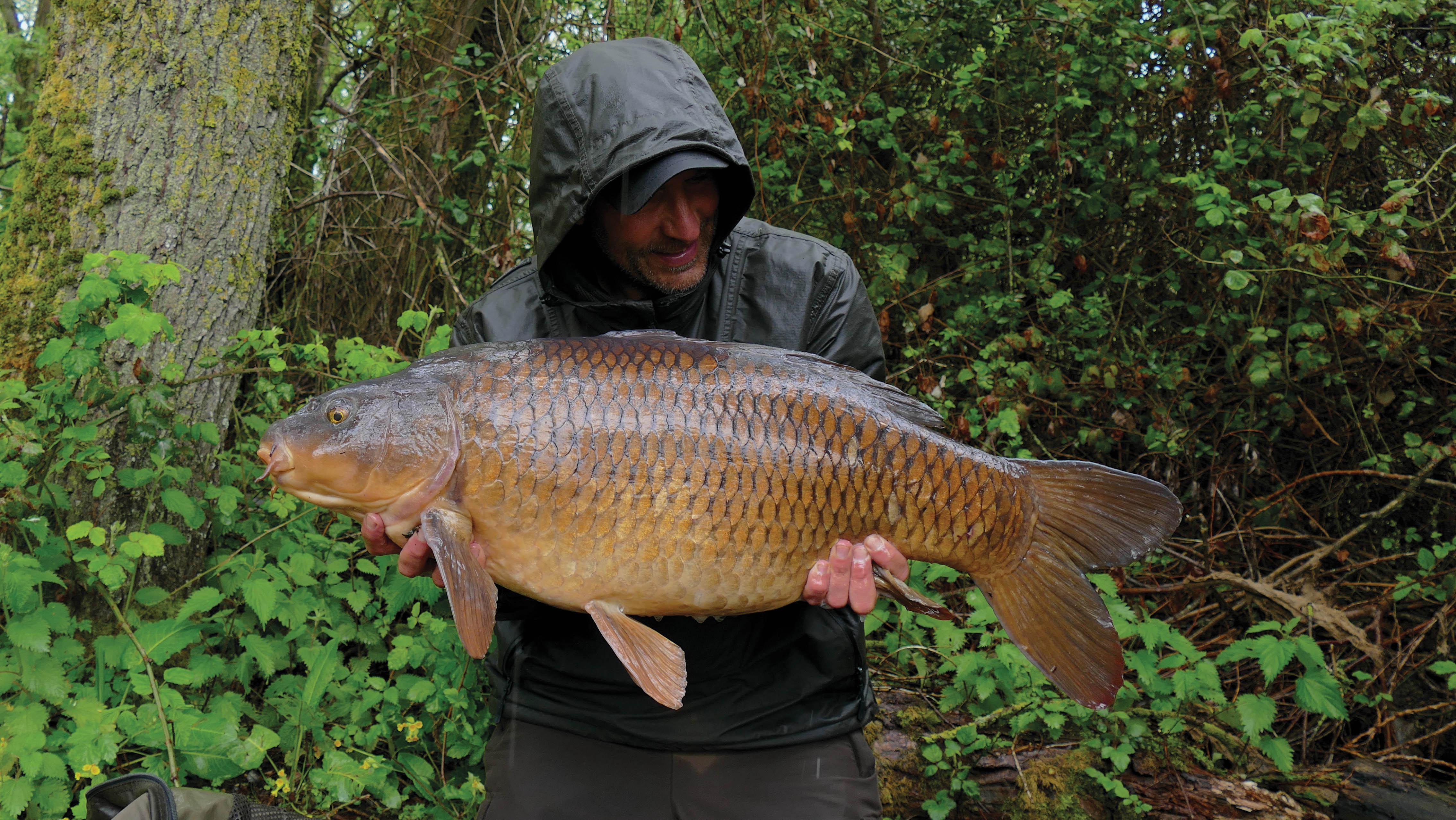
After about a year I knew the routine of the fish like the back of my hand. I could predict where they’d be on a daily basis. If anyone came to visit and they wanted to look at the pond I’d be able to tell them where the carp were without even walking it. They were like clockwork every day. Then one day I saw the biggest resident and wondered how big it might be. It looked like it had grown a lot and the angler in me decided to catch it. I saw it on the ‘favourite’ side of the island and cast out a float with some sweetcorn on. Moments later it was away and I caught the one I wanted at 16lb!
Now we’re coming to the interesting part. All it took was that one bite to change the atmosphere of the fish with regard to that area. From that moment onwards they were different at that side of the island. They still followed their favourite side a lot more than the other but now they swam through it quicker. The spot where I’d hooked the biggie had been marked. It stayed like that for several weeks/months. The biggie was especially spooked from that area, and let’s remember these were totally naive fish. Only that one carp had been hooked, and it remained like that for almost another year until I let my nephew fish it.
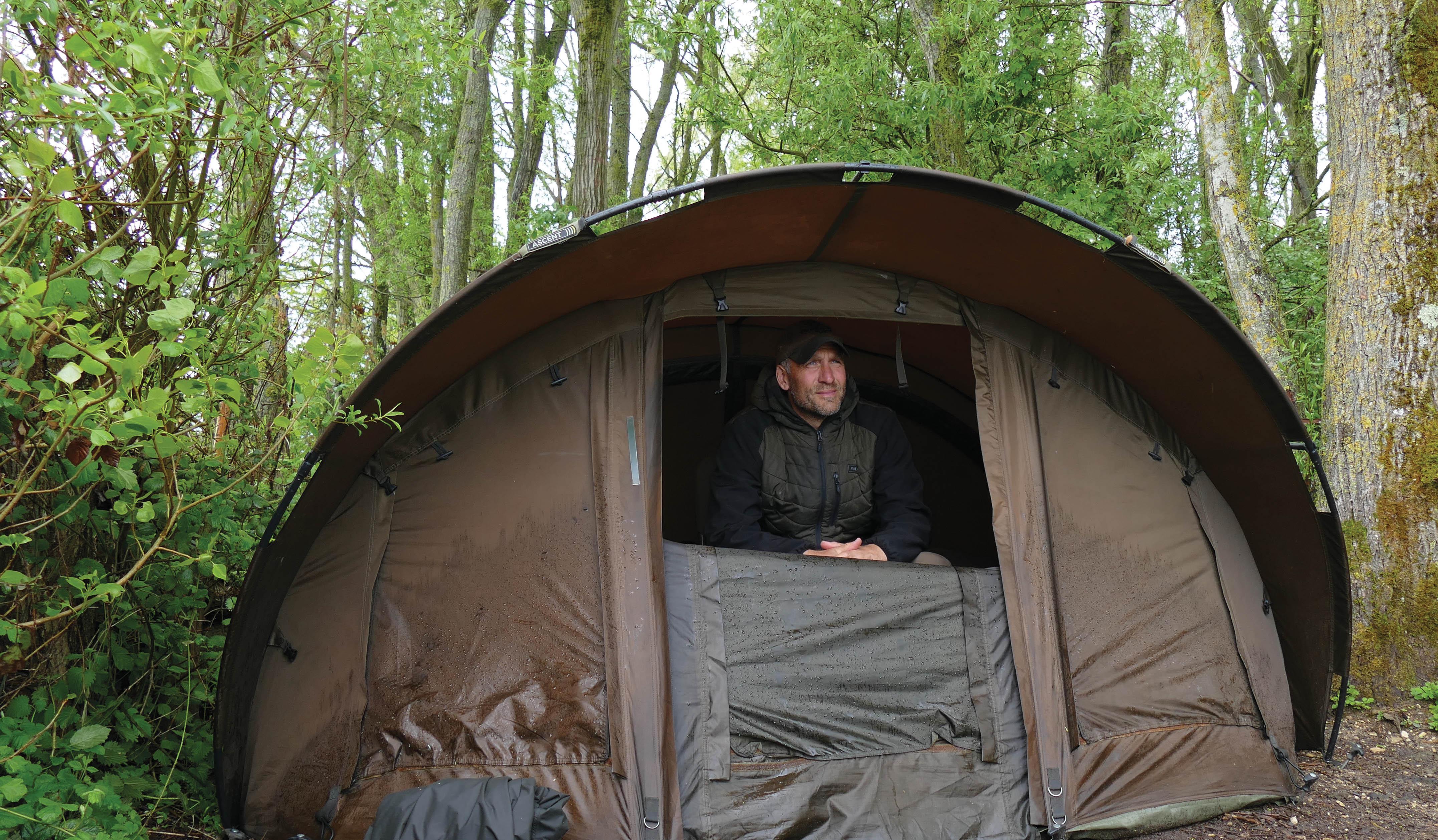
Now imagine a lake that is under intense angling pressure where the carp have been hooked on numerous occasions from almost every spot on the lake. If the carp in a small garden pond with no pressure react like that after one capture, how do you think they would respond at the opposite end of the spectrum? The point I’m trying to make here is that angling pressure has a massive effect on the behaviour of carp. It spooks them from their routine on both a short- and long-term basis. I’ve seen it with my own eyes on numerous occasions, regardless of the size of the venue or how much fishing pressure it is under. Even on somewhere like the Orient in France, where there are thousands of acres for them to swim freely, you only have to hook one or two fish before they’re spooked and the message has spread. A couple of years ago I stumbled across 200+ carp in Italy Bay. They’d gone there to spawn. They were all over the place but were gone in an instant as soon as I hooked one! The next day, they were back again because it was part of their routine but this time they were a lot more wary than the day before.
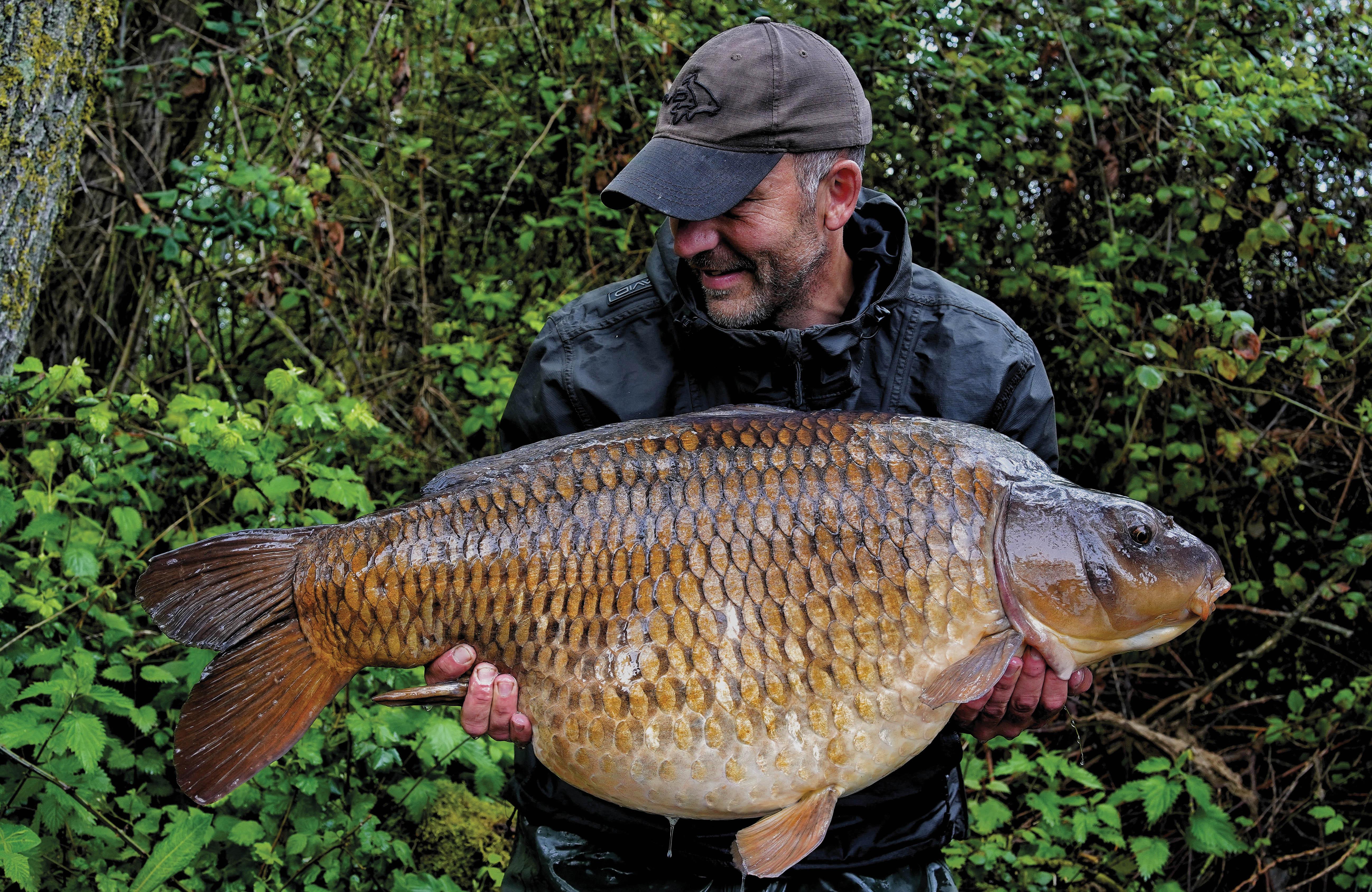
THE BEST WAY TO BAIT
Having an awareness of how patrol routes differ to other areas of the lake determines how best to approach them from a tactical point of view. Putting baits on patrol routes can definitely produce fish. The problem is getting consistent action from them because there is a world of difference between these places and spots where the carp go to feed. In my experience, big beds of bait don’t go well with patrol routes, whereas they definitely do in places where the carp go looking for grub. Small snacks is my preferred way to target the routeways, the aim being to nick a bite off a carp that isn’t really interested in feeding. It’s a bit like walking through the kitchen when your missus is doing the baking and you steal one of the biscuits she’s made. You rarely go back for another because you are just ‘snacking’ and not having a meal.
Of course some prebait will always help get bites from patrol routes. Trickling in a bit here and there in between your fishing trips, then going in with the small traps is the way I’d approach it. When they’ve been caught a few times from these areas, you can be sure they will be passing through a bit quicker and with little intention of feeding. This is where a bright pop-up in their face might just annoy them into picking it up. The amount of fish I’ve had on this tactic is ridiculous.
It’s all about understanding the water you’re fishing and getting to know the habits of the fish. Some marginal spots they will go to feed on a daily basis. The same with ‘no fishing banks’ or island drop-offs so you may be able to use a bit more bait. There’s always going to be a bit of trial and error involved in deciding whether somewhere is a patrol route or a feeding area but once you’ve managed to suss it, I guarantee you’ll be one step closer to solving the puzzle.
